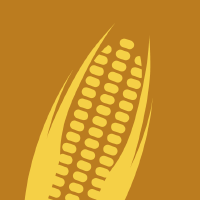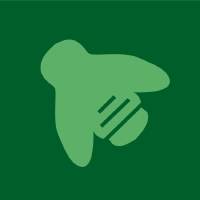Topic Menu
► Topic MenuTopic Editors



Integrated Pest Management of Crops
Topic Information
Dear Colleagues,
Agriculture is undergoing a continuous transformation, which in many countries is leading to an increase in the use of intensive practices in parallel to the abandonment of agriculture by small farmers. Pest control in this context refers to maintaining the dominance of conventional chemical control, despite its disadvantages for human and environmental health.
Integrated pest management (IPM), according to the IOBC’s (International Organization for Biological and Integrated Control) definition, is a part of integrated production (IP), a concept of sustainable agriculture focusing on pests, pathogens and weeds based on agro-ecology that aims to contribute to sustainable, resilient, profitable and robust farming systems. IPM was first introduced more than 60 years ago; however, it has not been adopted at the expected pace. The implementation of IPM requires specialized personnel and is associated with a higher cost of labour than conventional control, although economically it is no less profitable and far more environmentally friendly. Therefore, in the current agricultural context, its adoption is urgently needed.
This Topic will publish papers covering any aspect of IPM in plant pathology, entomology and weed science, including the use of resistant varieties, cultural control, biological control, the development of economic thresholds and especially the use of innovative strategies in IPM. Research aiming to highlight the efficacy of IPM in practical case studies and those presenting the results of IPM programmes are especially welcomed.
Dr. Susana Pascual
Dr. Gloria Nombela
Dr. Francisco J. Beitia
Topic Editors
Keywords
- agroecology
- biological control
- cultural control
- landscape
- monitoring
- pathogen
- pest
- plant resistance
- thresholds
- weed
Participating Journals
| Journal Name | Impact Factor | CiteScore | Launched Year | First Decision (median) | APC |
|---|---|---|---|---|---|

Agriculture
|
3.6 | 3.6 | 2011 | 17.7 Days | CHF 2600 |

Agronomy
|
3.7 | 5.2 | 2011 | 15.8 Days | CHF 2600 |

Crops
|
- | - | 2021 | 30.5 Days | CHF 1000 |

Insects
|
3.0 | 4.2 | 2010 | 17 Days | CHF 2600 |

Plants
|
4.5 | 5.4 | 2012 | 15.3 Days | CHF 2700 |

MDPI Topics is cooperating with Preprints.org and has built a direct connection between MDPI journals and Preprints.org. Authors are encouraged to enjoy the benefits by posting a preprint at Preprints.org prior to publication:
- Immediately share your ideas ahead of publication and establish your research priority;
- Protect your idea from being stolen with this time-stamped preprint article;
- Enhance the exposure and impact of your research;
- Receive feedback from your peers in advance;
- Have it indexed in Web of Science (Preprint Citation Index), Google Scholar, Crossref, SHARE, PrePubMed, Scilit and Europe PMC.
Published Papers (54 papers)
Planned Papers
The below list represents only planned manuscripts. Some of these manuscripts have not been received by the Editorial Office yet. Papers submitted to MDPI journals are subject to peer-review.
Title: Evaluation of the egg predator Blattisocius tarsalis (Mesostigmata: Blattisociidae) for the biological control of the potato tuber moth Tecia solanivora under storage conditions
Authors: Jorge Gavara Vidal; Tomás Cabello; Juan Ramón Gallego; Estrella Hernández Suarez; Ana Piedra-Buena Díaz
Affiliation: Instituto Canario de Investigaciones Agrarias (ICIA), Tenerife, Islas Canarias (España)
Title: Biological control possibilities for the golden twin-spot moth, Chrysodeixis chalcites (Esper) (Lepidoptera: Noctuidae), in banana crops of the Canary Islands
Authors: Modesto del Pino; Tomás Cabello; Estrella Hernández-Suárez
Affiliation: Instituto Canario de Investigaciones Agrarias (ICIA), Tenerife, Islas Canarias (España)

